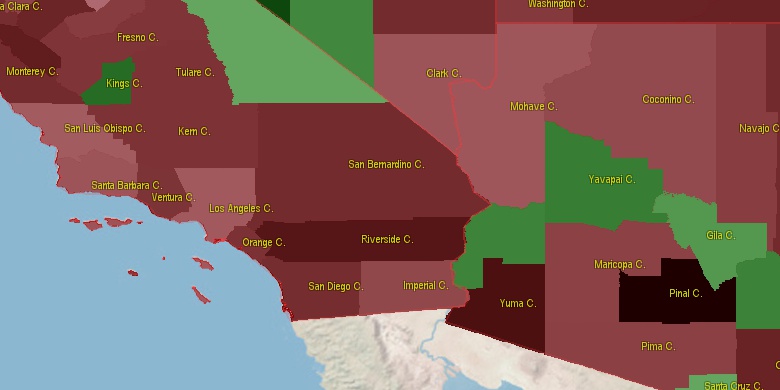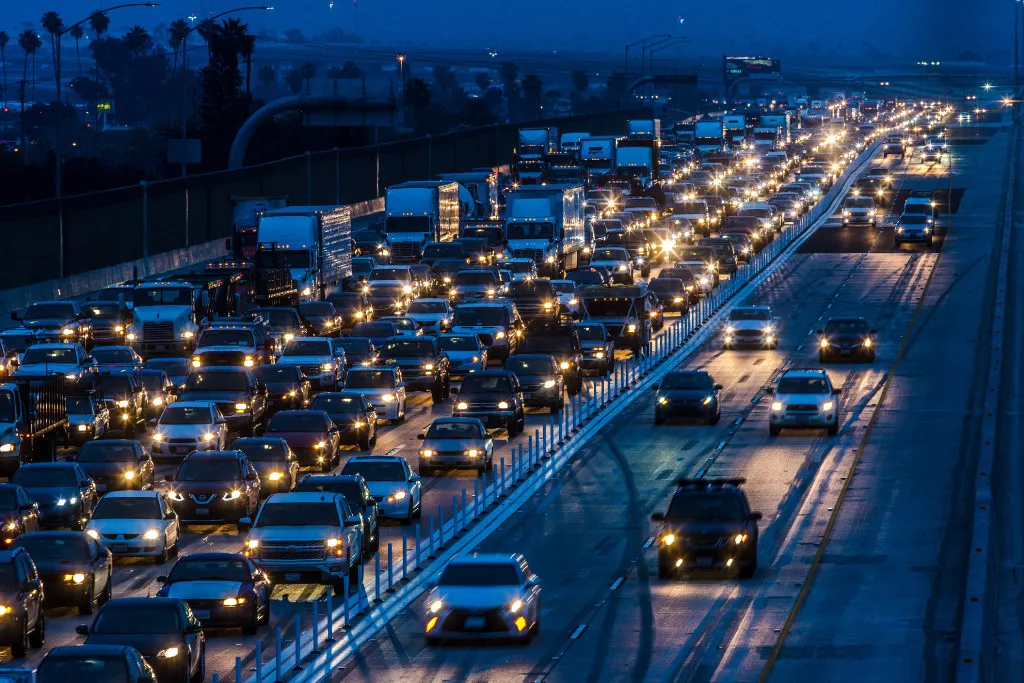Population Riverside California – As of my last knowledge update in September 2021, Riverside, California, boasted a diverse and vibrant population. With an estimated population of over 330,000 residents, this city in the Inland Empire region continued to grow steadily, reflecting its appeal as a place to live, work, and enjoy Southern California’s unique lifestyle. For the most current population figures and demographic information, I recommend consulting the latest official sources or census data available.
Related Post –
- Pasadena Population
- Huntington Beach Population
- Fremont Population
- Glendale Population
- Oakland Population
- Bakersfield Population
Population Riverside California
Riverside, California is the most populous city in the Inland Empire and Riverside County, with a population of 314,998 as of the 2020 census. It is the 59th-most populous city in the United States and the 12th-most populous city in California.
Riverside is a diverse city, with a population that is 30.6% White (Hispanic), 30.3% White (Non-Hispanic), 19.3% Other (Hispanic), 7.19% Asian (Non-Hispanic), and 5.74% Black or African American (Non-Hispanic). The median age in Riverside is 31.8, and the median household income is $72,738.
Riverside County Population [Riverside CA Population]
Riverside County is the fourth-most populous county in California and the 10th-most populous in the United States, with a population of 2,418,185 as of the 2020 census. The county seat is Riverside, and the county is part of the Riverside-San Bernardino-Ontario Metropolitan Statistical Area, also known as the Inland Empire.
Riverside County is a diverse county, with a population that is 32.60% White (Non-Hispanic), 26.99% Hispanic or Latino, 21.13% Asian, 6.07% Black or African American, 0.49% Native American or Alaska Native, 0.31% Native Hawaiian or Other Pacific Islander, and 12.41% Two or More Races. The median age in Riverside County is 35.5, and the median household income is $80,133.
Population Trends in Riverside, CA and Riverside County
The population of Riverside, CA and Riverside County has been growing steadily in recent decades. Between 2010 and 2020, the population of Riverside, CA grew by 3.5%, and the population of Riverside County grew by 12.0%.
One of the main reasons for the population growth in Riverside and Riverside County is the region’s proximity to Los Angeles and San Diego. Riverside is located about 50 miles (80 km) southeast of downtown Los Angeles, and San Diego is located about 60 miles (97 km) southwest of Riverside. This proximity to major metropolitan areas makes Riverside and Riverside County attractive places to live and work.
Another reason for the population growth in Riverside and Riverside County is the region’s affordable housing costs. The median home price in Riverside, CA is $530,000, which is significantly lower than the median home price in Los Angeles, CA ($850,000) and San Diego, CA ($830,000).
Demographic Breakdown of Riverside, CA and Riverside County [Population Riverside California ]
The Population Riverside California, CA and Riverside County are both diverse. In Riverside, CA, the largest ethnic groups are White (Hispanic), White (Non-Hispanic), Other (Hispanic), Asian (Non-Hispanic), and Black or African American (Non-Hispanic). In Riverside County, the largest ethnic groups are White (Non-Hispanic), Hispanic or Latino, Asian, Black or African American, Native American or Alaska Native, Native Hawaiian or Other Pacific Islander, and Two or More Races.
The median age in Riverside, CA is 31.8, and the median age in Riverside County is 35.5. This indicates that the populations of both Riverside, CA and Riverside County are relatively young. The median household income in Riverside, CA is $72,738, and the median household income in Riverside County is $80,133. These median household incomes are slightly lower than the median household income for the state of California ($90,477).
The population of Riverside, CA and Riverside County is growing steadily. This population growth is due to a number of factors, including the region’s proximity to Los Angeles and San Diego, its affordable housing costs, and its diverse population.



